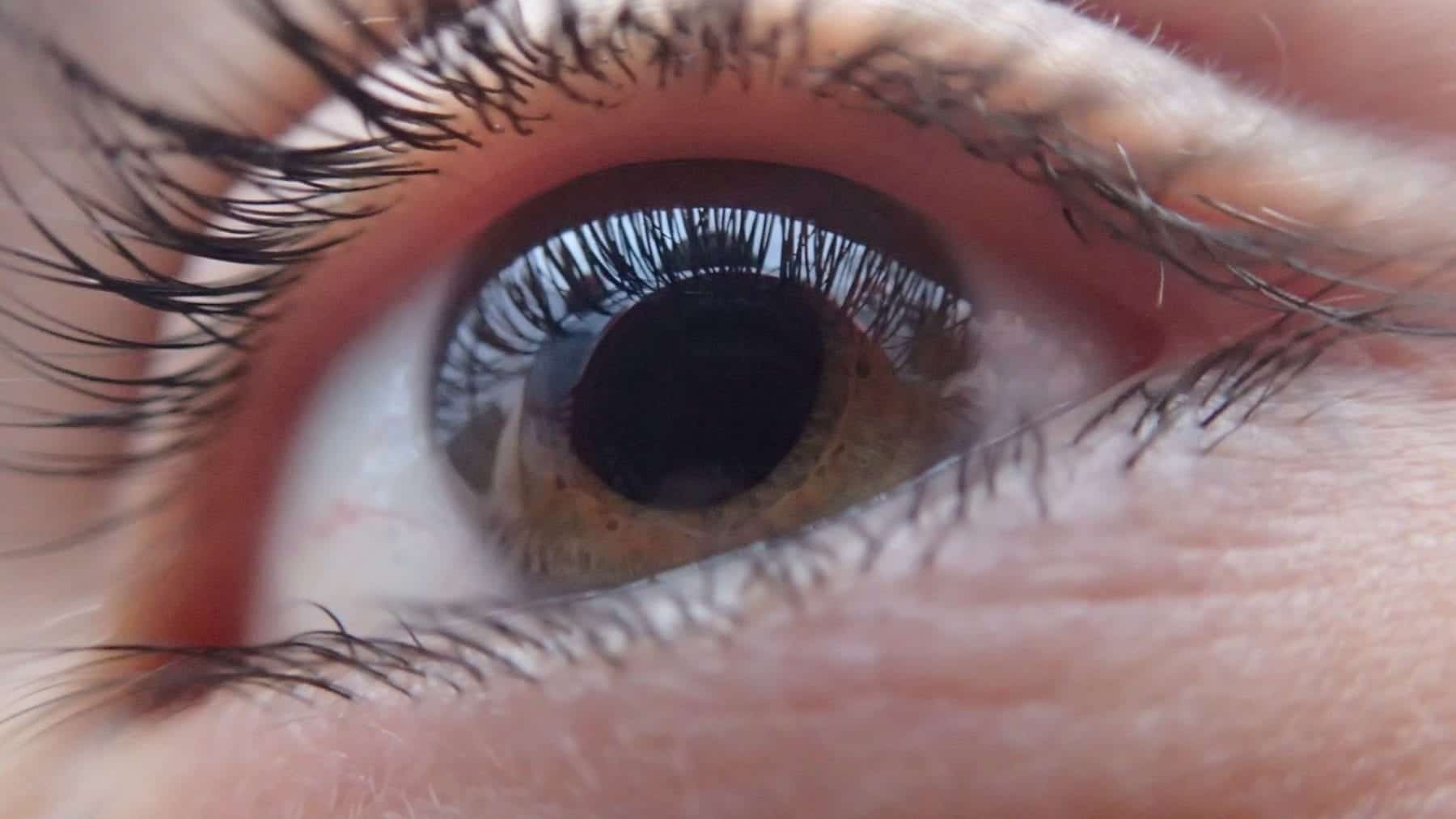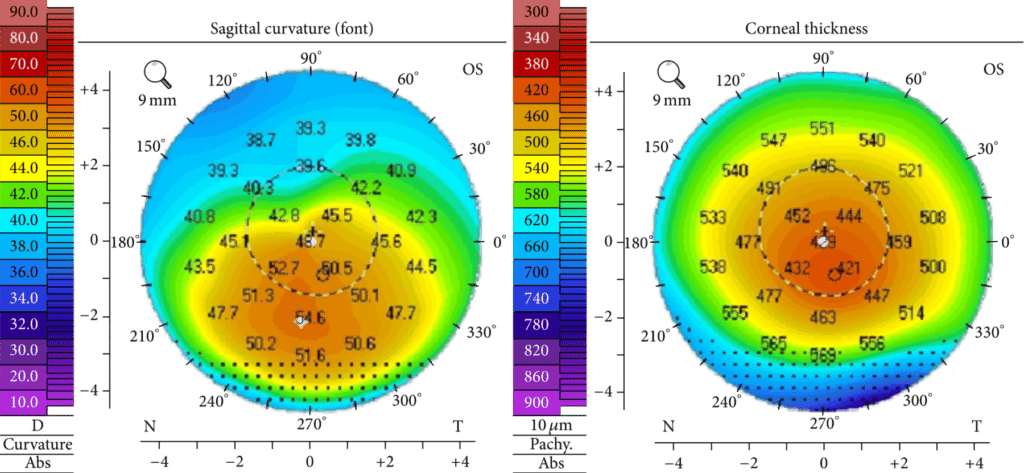How Combining Your Keratoconus Treatments Can Benefit You

Holcomb C3-R ®
Holcomb C3-R ® has been available since 2003. This procedure helps improve the strength of the weakened cornea fibers. It is a non-invasive procedure that works over 4-16 weeks to improve strengthen the cornea fibers. The Holcomb C3-R ® can be done on the same day as several other treatments like Intacs®, CK, or even PRK.
Intacs®
Intacs® is a procedure in which a tiny crescent shaped lens inserts are placed the layer of the cornea to help improve the shape and decrease the irregular cornea shape. This procedure can be done in combination with the Holcomb C3-R ® providing improvement in your quality of vision. It only takes 7 minutes to complete and it is showing great promise in the treatment of Keratoconus.
CK or Conductive Keratoplasty
CK uses radio frequency to reshape the cornea. This treatment improves the curves of the cornea, which can improve the overall vision. There is little to no pain during the procedure and it only takes around 3 minutes to complete. This treatment can be combined with the Holcomb C3-R ® or Intacs® and can provide improved outcome for reducing high amounts of astigmatism.
Benefits of Combining Treatments:
• Improved Vision Outcomes
• Less Recovery Time – only 1 day of procedures, rather than multiple days
• Faster Results



